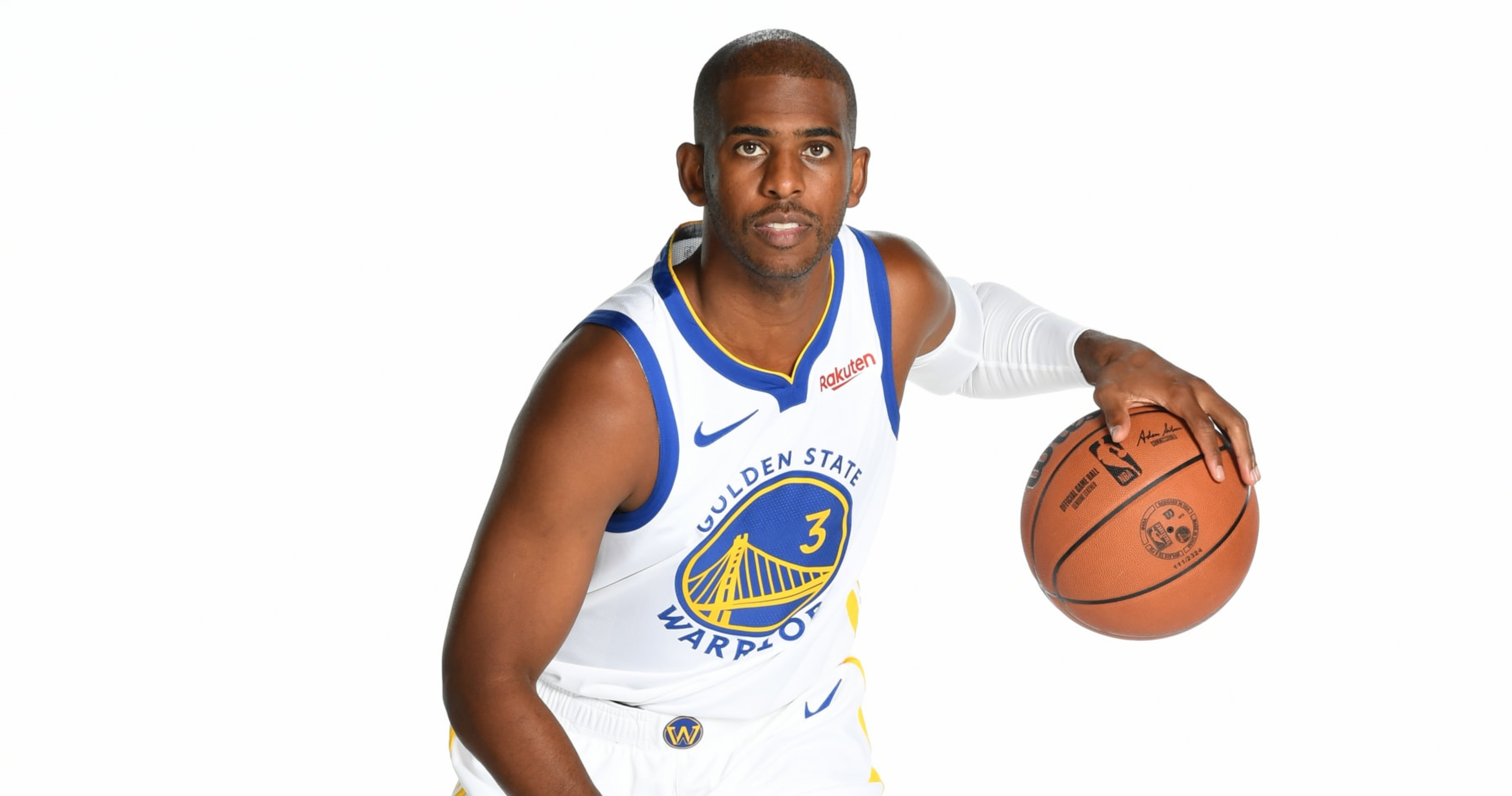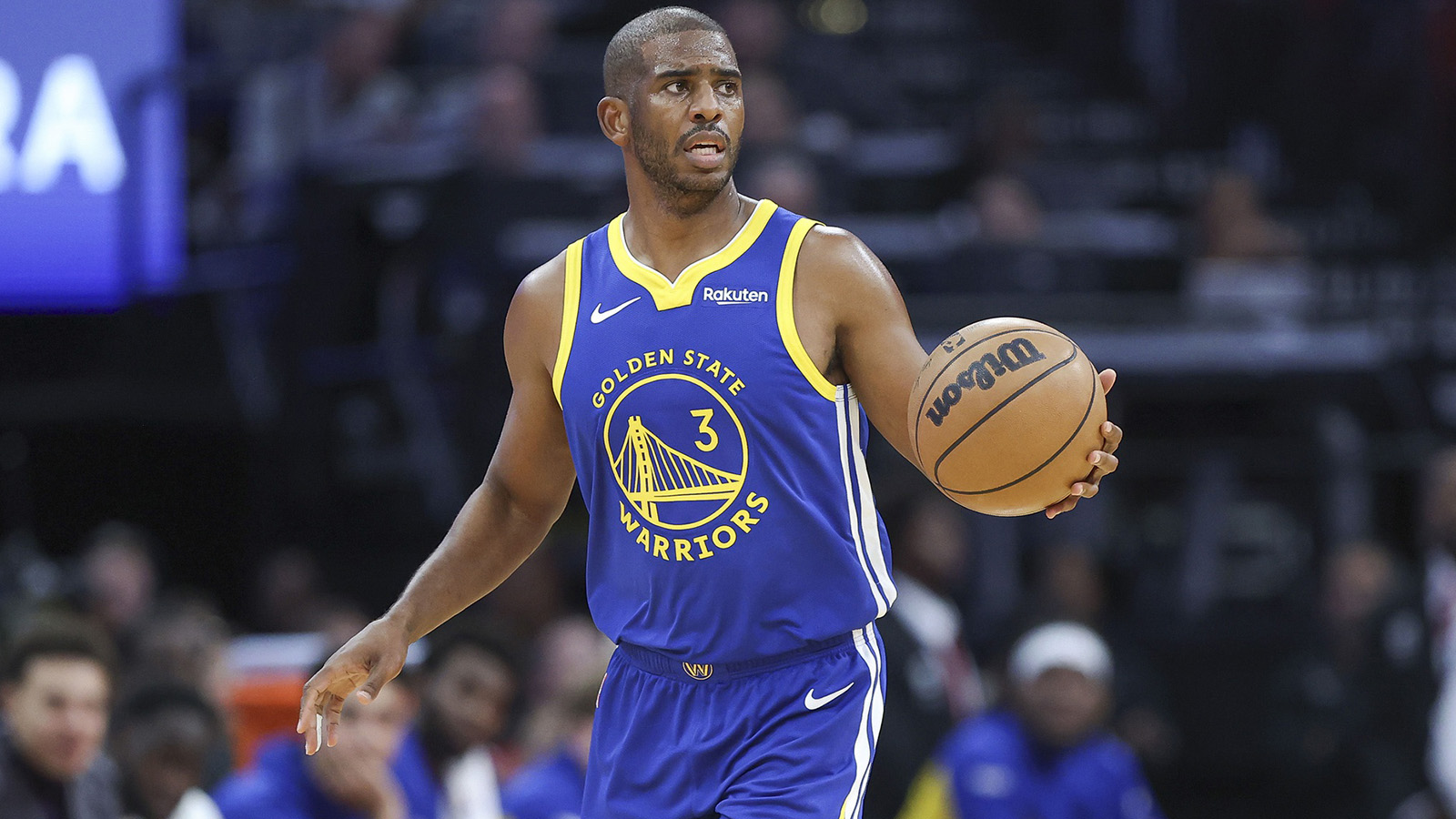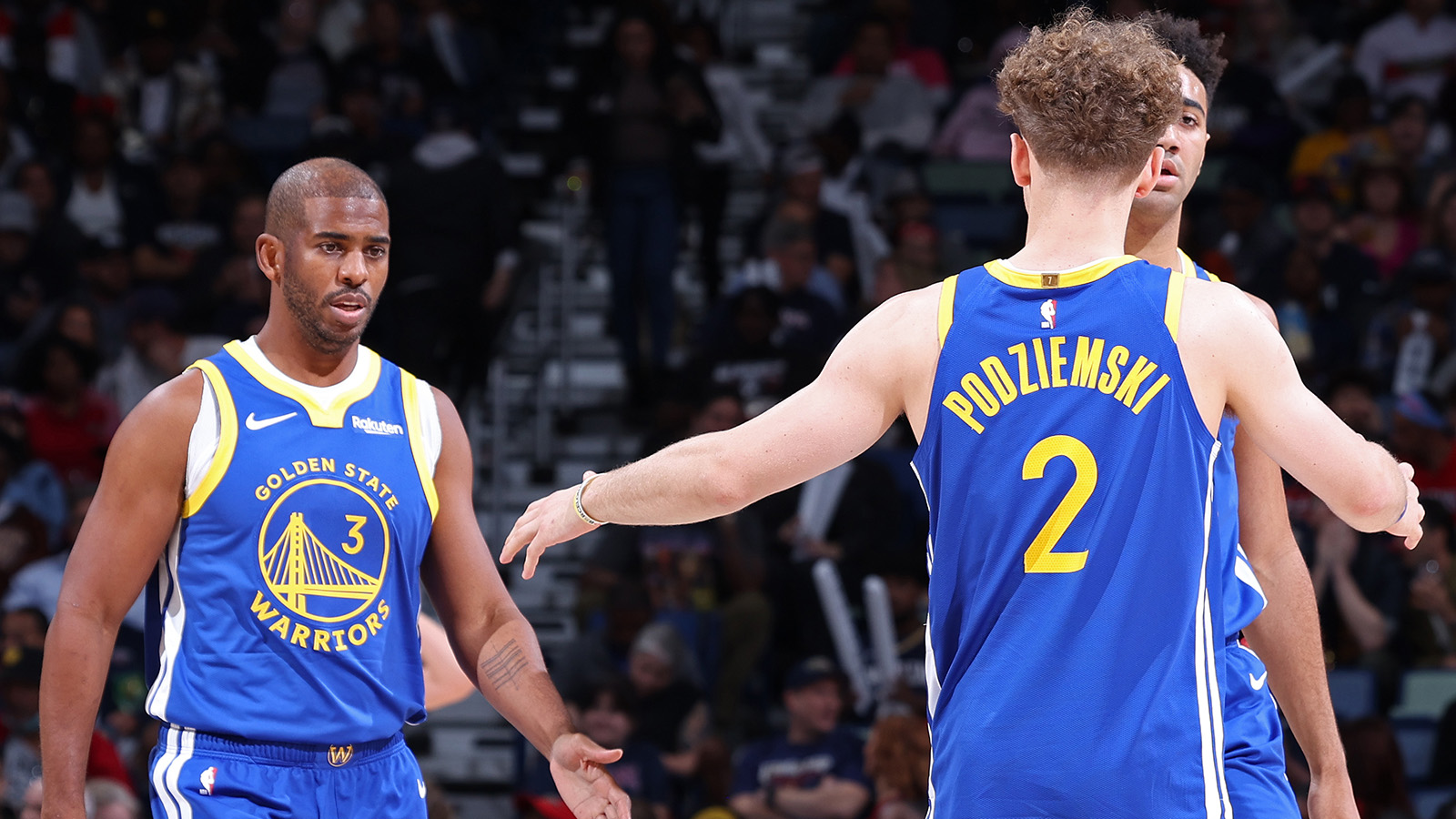Chris Paul, the recently acquired guard, has been benched for part of the Golden State Warriors’ three-game winning streak. Let’s examine Paul’s new responsibilities and the benefits he has already brought to this group.
Even though his season statistics don’t seem remarkable—Paul is averaging 11.3 points, 4.8 rebounds, and 8.3 assists—he has been one of the Warriors’ best players since being benched when Draymond Green returned from an ankle injury.

Paul leads all Warriors in points allowed per 100 possessions (-11.2), turnover percentage (-6.8%), and points per 100 possessions (+15.7), according to Cleaning the Glass. With only four games, the sample size is obviously small, but the eye test verifies this as well.
Stephen Curry had to shorten his rest when the Warriors were struggling, which cost him more energy and decreased his effectiveness. Curry is averaging 31.8 minutes per game through four games this season, which is less than his three-season average of 34.4. Curry has already benefited from the extra sleep, as evidenced by his average of 33.5 points per game and 47.1 percent three-point shooting, which included a 42-point performance on Monday against the New Orleans Pelicans.

The Warriors are also able to keep a premier playmaker and floor general on the court at all times by having Paul lead the team while Curry is rested. The team’s other bench players, like Jonathan Kuminga, Moses Moody, and Gary Payton II, benefit from his presence as well. Paul’s new role will also benefit Klay Thompson, who frequently plays with the second unit to give an offensive boost.

Based on the Warriors lineup data, Paul with the starting unit (minus Draymond Green) and Paul with the bench unit (Payton, Moody, Kuminga, and Dario Saric) have the best point differentials, at +6.8 and +5.3, respectively.
You can put an end to the rumors that Paul doesn’t belong on this Warriors team. If he stays healthy and plays a lot going forward, they will be among the more formidable teams in the Western Conference.
